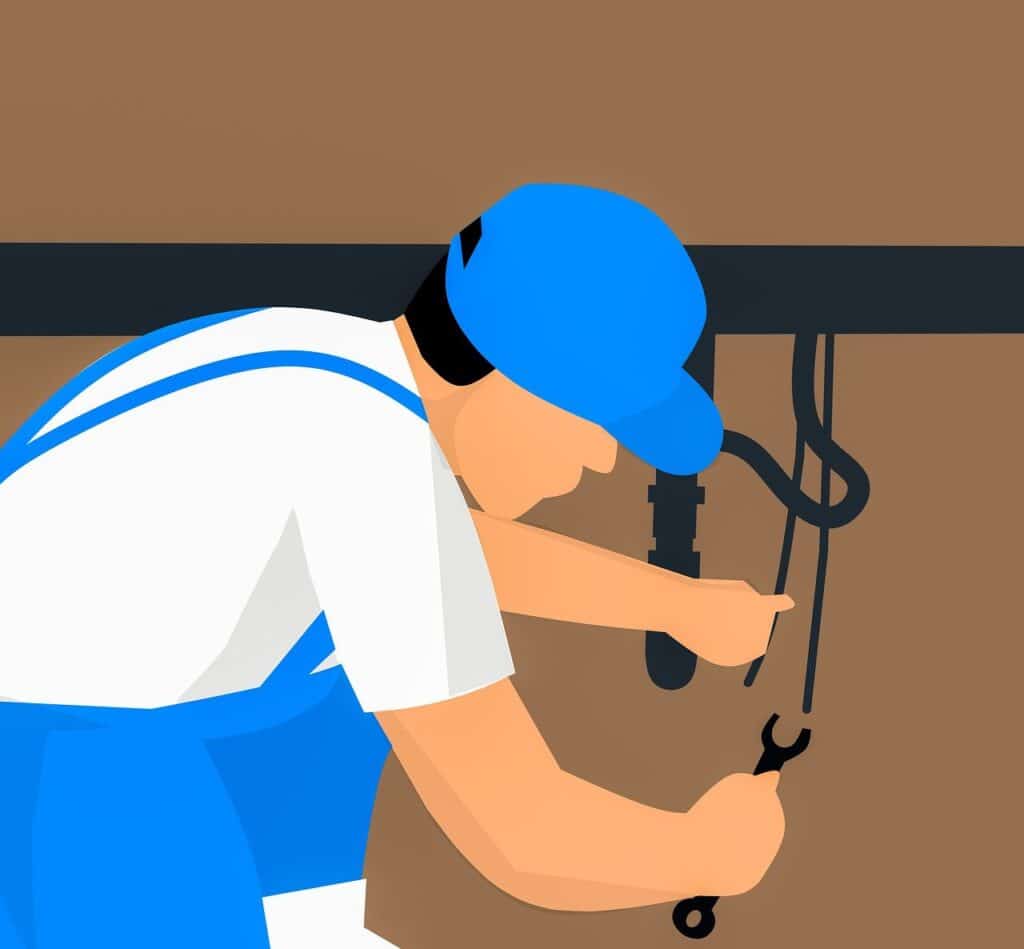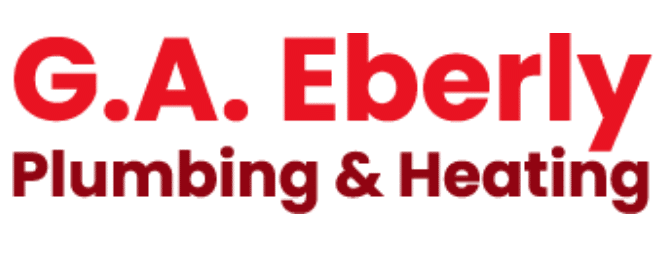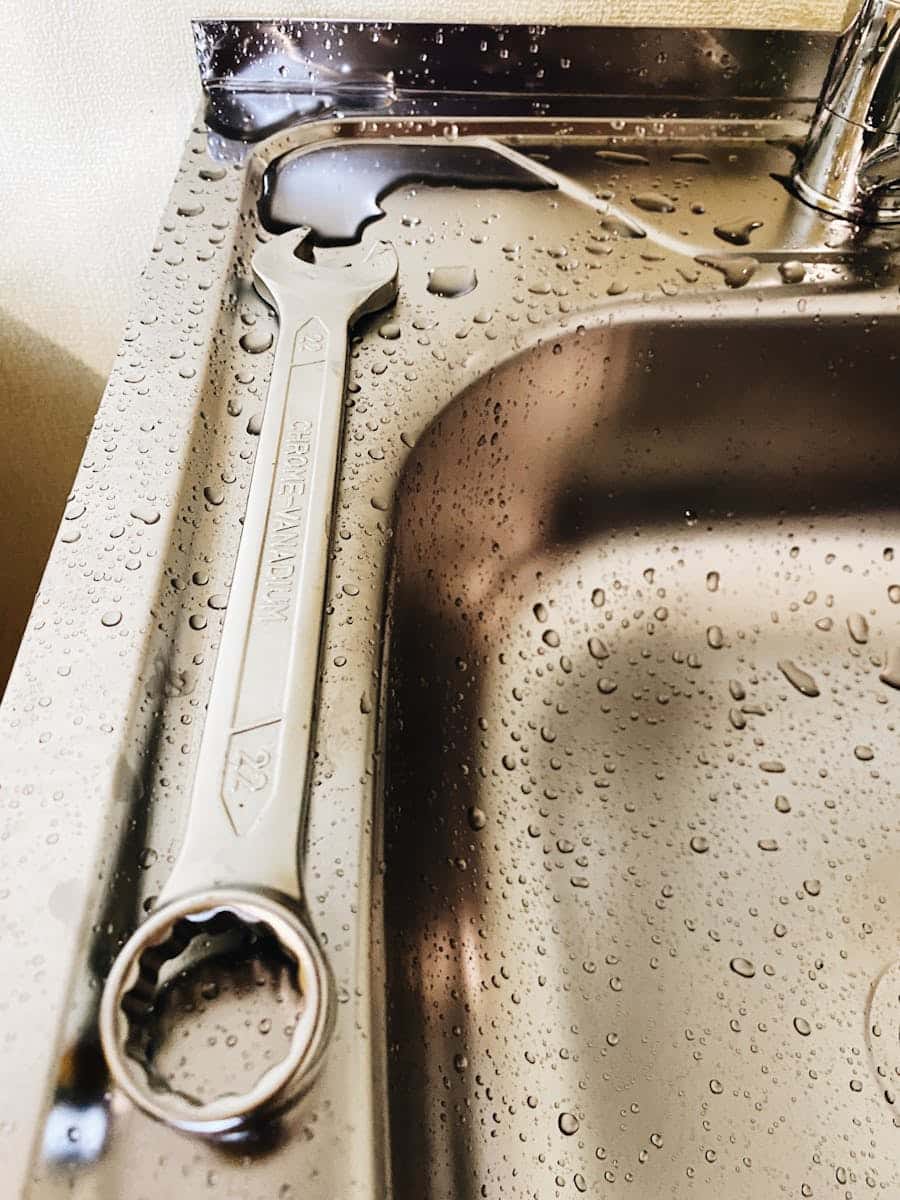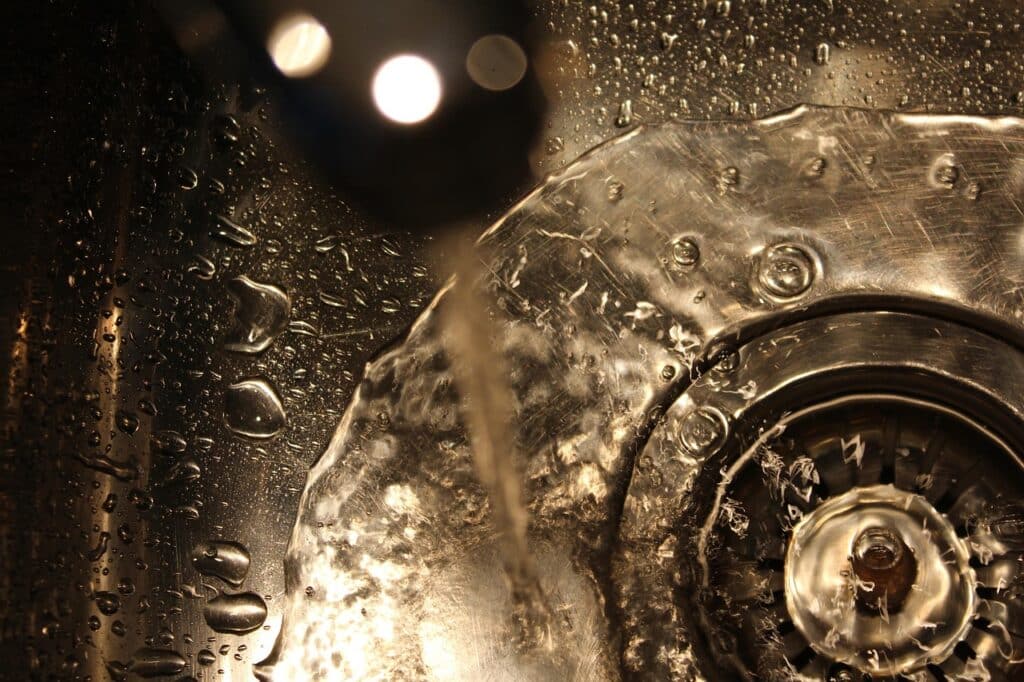Drains may be out of sight, but they should never be out of mind. A broken or clogged drain system can lead to serious problems, from water damage to structural issues. Whether you’re dealing with a leaky drain pipe, a clogged sink, or an uncooperative outdoor drain, understanding the basics of drain repair can save you money, inconvenience, and potential damage to your property.
This guide will walk you through essential topics about drain repair, including common drain issues, how to address them, and the best solutions to restore your drain system with minimal disruption.

Photo by Mohamed_hassan on Pixabay
Why Drain Repairs Are Essential
Your home’s drain system plays an integral role in keeping water flowing away from key areas like your bathroom, kitchen, and outdoor spaces. However, over time, your drain pipes may develop issues due to wear and tear, corrosion, tree root intrusions, or shifting soil. If left unchecked, problems such as cracks, leaks, or blockages can lead to costly water damage and even structural damage to your property.
Proactive drain repair and maintenance not only prevent larger headaches down the road but also ensure your home remains a safe and comfortable space for you and your family.
Why Drain Maintenance Is Important
Maintaining your home’s drain system is crucial for many reasons, from preserving functionality to avoiding costly repairs. Here are all the key reasons why keeping your drains well-maintained and addressing issues should always be a priority:
1. Prevents Blockages
Routine maintenance reduces the risk of blockages, which can lead to slow-draining sinks, overflowing toilets, or even complete pipe obstructions. These situations can disrupt your daily life and are often messy and inconvenient to deal with.
2. Avoids Expensive Repairs
Neglecting your drains can result in significant damage to your plumbing system. From corroded pipes to severe clogs, unresolved issues tend to worsen over time, leading to costlier repairs or even requiring pipe replacement. Regular maintenance helps catch problems early, saving both time and money.
3. Improves Drain Efficiency
A clean and well-maintained drain system allows water to flow quickly and freely. When drains are clear, they are far less likely to emit foul odors and can function effortlessly, allowing you to avoid frustratingly slow drainage.
4. Protects Your Home From Structural Damage
Undetected leaks and water overflows can damage your home’s structural integrity, leading to cracks, mold growth, and water stains in walls or floors. Proper drain maintenance can prevent these issues and keep your home structurally sound.
5. Improves Hygiene and Health
Clogged drains can harbor bacteria, mold, and pests, which may pose health risks to your household. Regularly cleaning and maintaining your drainage system ensures a more hygienic environment and reduces exposure to harmful substances.
6. Conserves Water
A poorly maintained drain system can contribute to causing leaks resulting in the wastage of water. By keeping your drains in top condition, you not only preserve this precious resource but can also lower your water bills.
Taking care of your drains is a small but essential part of home maintenance that pays off significantly in the long run. Prioritize your plumbing health, and you’ll enjoy a more comfortable, efficient, and worry-free home.
Common Drain System Issues and Warning Signs
Understanding common drain problems and recognizing their warning signs can help you act quickly and prevent larger issues later. Below are some of the most frequent drain issues homeowners encounter and the signs to watch out for:
Clogged Drains
Clogs are perhaps the most common issue. They occur when debris such as hair, grease, food scraps, or soap scum accumulates in the pipes, restricting water flow. Signs of a clogged drain include slow-draining sinks or tubs, gurgling noises, and unpleasant odors emanating from the drain.
Leaking Pipes
Leaks can develop due to worn-out seals, corrosion, or cracks in the pipes. Common indicators of a pipe leak include unexplained wet patches, lower water pressure, or an increase in your water bill.
Foul Odors
A persistent bad smell from your drain could indicate a buildup of organic matter, a clog, or even sewer gas leaking into your home due to a damaged pipe or dried-out P-trap. Address these odors quickly to avoid health risks.
Slow Drainage
If water takes longer than usual to flow down the drain, it’s a strong sign of a developing clog. This issue tends to worsen over time if left unresolved.
Recurring Clogs
If your drain keeps clogging frequently, it may signal a more significant issue deeper within the plumbing system. Recurring clogs might require professional attention to address underlying problems.
Overflowing or Backed-Up Drains
An overflowing drain or water backing up into your sink, shower, or toilet often points to a severe blockage, potentially in the main sewer line. This is an urgent issue that needs immediate attention to prevent further damage.
Noisy Pipes or Drains
Bubbling, gurgling, or banging noises when water is being used can signal air trapped in the pipes, blockages, or other plumbing irregularities.
By staying vigilant and identifying these signs early, you can address drain issues promptly and avoid costly repairs or extensive damage to your home’s plumbing system. Regular maintenance and inspections can also minimize the risk of encountering these problems.
Steps to Address and Fix Drain System Problems
Here are the critical steps to effectively repair and maintain your drain system.
Step 1. Assess the Problem
Before jumping to action, assess the affected areas carefully. Is the issue a clogged drain, a leaking pipe, or something more severe like cracks in the pipe walls? Depending on the depth and severity of the problem, you may need professional tools or assistance from a plumber to identify the root cause.
Step 2. Clean the Blockage
Most minor blockages can be resolved with a simple drain cleaning. Start by removing debris manually (if accessible), then flush with boiling water. For tougher clogs, tools like a drain snake or chemical drain cleaners may help, but use these sparingly to avoid damaging your pipes.
Step 3. Repair Leaks and Cracks
For minor cracks and leaks:
- Use epoxy or sealant to cover the cracks in existing pipes.
- Wrap thread seals on joints with Teflon tape to ensure a watertight fit.
For more significant leaks, replacing individual parts of the pipe may be necessary. Always prioritize quality metal or PVC materials to ensure longevity.
Step 4. Address Damaged or Broken Pipes
Damaged drains often require pipe lining or, in extreme cases, pipe replacement. Pipe lining involves inserting a durable material into the damaged pipe to reinforce it from the inside. This method often avoids the need for full excavation, saving time, money, and disruption. However, if the damage is severe or widespread, replacing existing pipes is the only solution.
Step 5. Maintain Your Drain Fixtures
Don’t overlook the importance of your drain fixtures! Ensure your pop-up drain plug, drain stopper, and other components like chrome-finish caps are functioning correctly and are securely installed. Regularly cleaning and checking these fixtures will help you avoid unnecessary repair costs down the line.
Step 6. Call in the Professionals
While some minor repairs can be handled independently, larger jobs like addressing broken sewer drain pipes or heavily corroded installations require professional expertise. Licensed plumbers have advanced tools and knowledge to fix these issues while minimizing disruption to your daily life.
Preventative Measures to Avoid Future Problems
Regular Cleaning
Make it a habit to clean your drains monthly. Flush them with a mixture of baking soda and vinegar followed by boiling water to remove minor buildup.
Avoid Misuse
Never pour grease, coffee grounds, or large food particles down the sink. Install filters and screens to catch debris before it enters the pipes.
Inspect Outdoor Drains
Ensure outdoor drains are free of debris like leaves and twigs, which can cause blockages. Periodically check for signs of shifting soil or tree roots near drainpipes.

Why Choose GAE Plumbing & Heating?
When it comes to drain repairs and comprehensive plumbing and heating services, GAE Plumbing & Heating stands out as the trusted choice. With a team of experienced professionals, we are dedicated to providing prompt, high-quality solutions tailored to your specific needs. Our expertise extends beyond just fixing drains; we offer a wide range of plumbing and heating services, ensuring your systems are running efficiently and effectively year-round.
At GAE Plumbing & Heating, customer satisfaction is our top priority. We pride ourselves on transparent pricing, friendly service, and cutting-edge tools that allow us to diagnose and resolve problems quickly. Whether you’re dealing with blocked drains, noisy pipes, faulty water heaters, or any other plumbing issue, you can rely on us to get the job done right the first time. Trust GAE Plumbing & Heating for professional, dependable service that keeps your home comfortable and worry-free.
How Proper Repairs Save You Time and Money
Investing in timely drain repair resolves current issues and ensures you won’t face costly future replacements or structural damage. Whether you’re addressing leaks, replacing broken pipes, or maintaining fixtures, each proactive move brings peace of mind. With advanced solutions such as pipe lining, repairs can now be achieved with minimal disruption to your property or schedule.
Helpful Resources for Drain Repair and Maintenance
For homeowners looking to learn more about drain repair and maintenance, we recommend the following trusted resources:
- How to Unclog a Toilet, Sink or Drain: A comprehensive guide offering practical tips on keeping your drains in top condition and preventing common clogs.
- Bob Vila – How to Unclog a Drain: Bob Vila provides step-by-step instructions on unclogging drains using household tools and methods.
- Family Handyman – How to Clear and Clean Drains: This guide includes detailed instructions and techniques for maintaining clean drains and avoiding costly repairs.
- EPA – Grease Management for Homeowners: Learn about the importance of managing grease disposal to prevent drain blockages that can impact plumbing systems.
- Angi – Common Issues with Plumbing: This article highlights typical plumbing problems and offers DIY tips for resolving drain-related issues.
- This Old House – 8 Ways To Unclog Sinks: A trusted source for home maintenance advice, this resource provides expert insight into keeping your plumbing flowing smoothly.
- YouTube – Roger Wakefield Plumbing Education: A collection of helpful video tutorials for DIY drain cleaning, maintenance, and troubleshooting techniques.
These resources can empower you with valuable knowledge to maintain your drains and handle minor issues effectively. For more complex problems, remember that GAE Plumbing & Heating is always here to help.
Bring Your Drain Pipes Back to Life
Drains may not always grab our attention, but when they falter, they can disrupt our lives. By understanding common issues and knowing how to address them, you can keep your plumbing in top shape.
If you’re dealing with stubborn clogs, damaged pipes, or are simply unsure how to proceed, call a licensed plumber or check out helpful YouTube videos to guide you further. Remember, a healthy drain system is the foundation of a functional home. Don’t wait until a minor issue turns into a costly repair. Act now and save money, effort, and stress.


